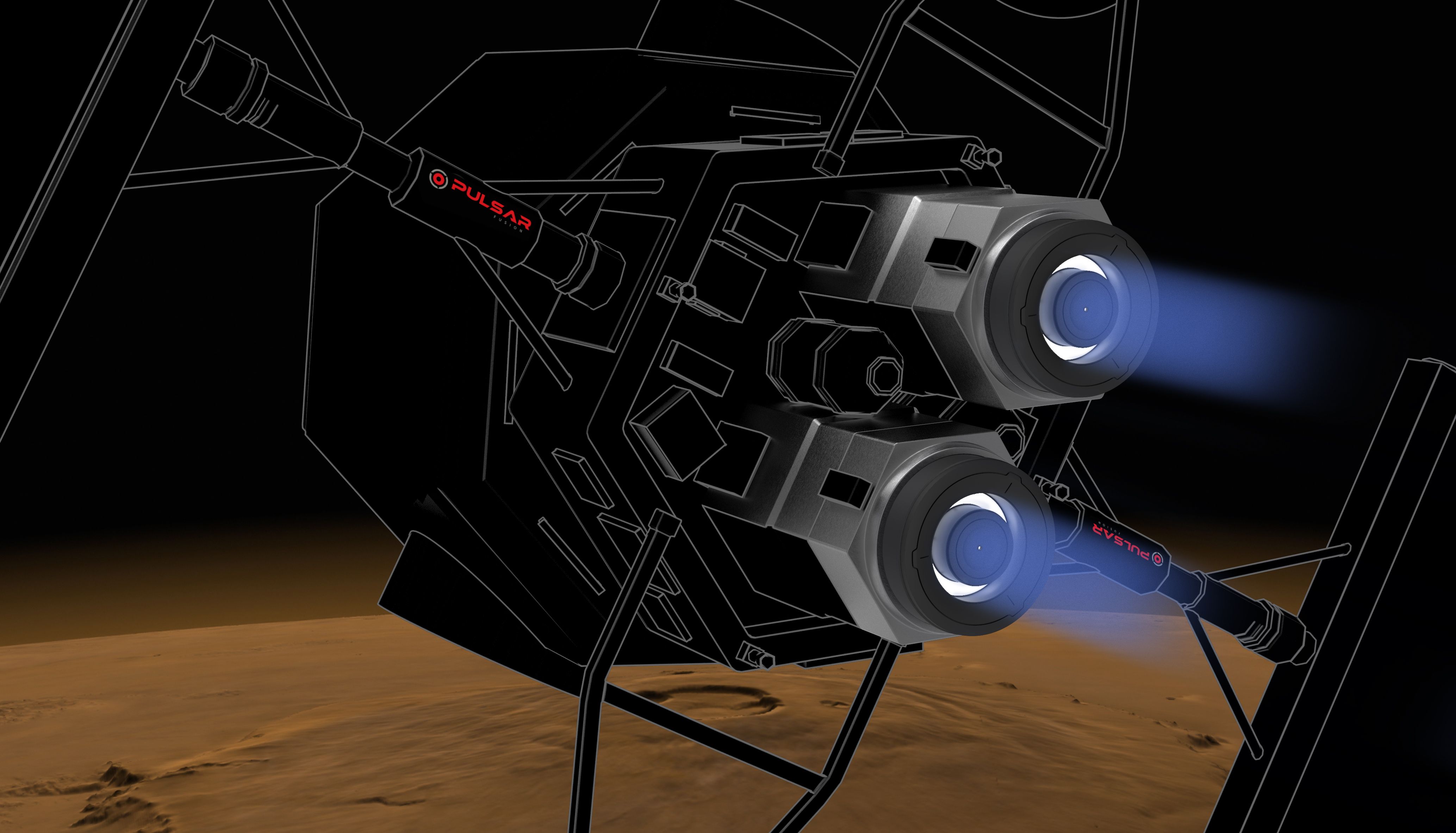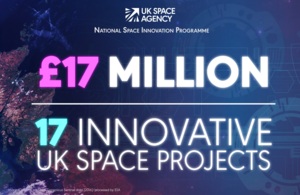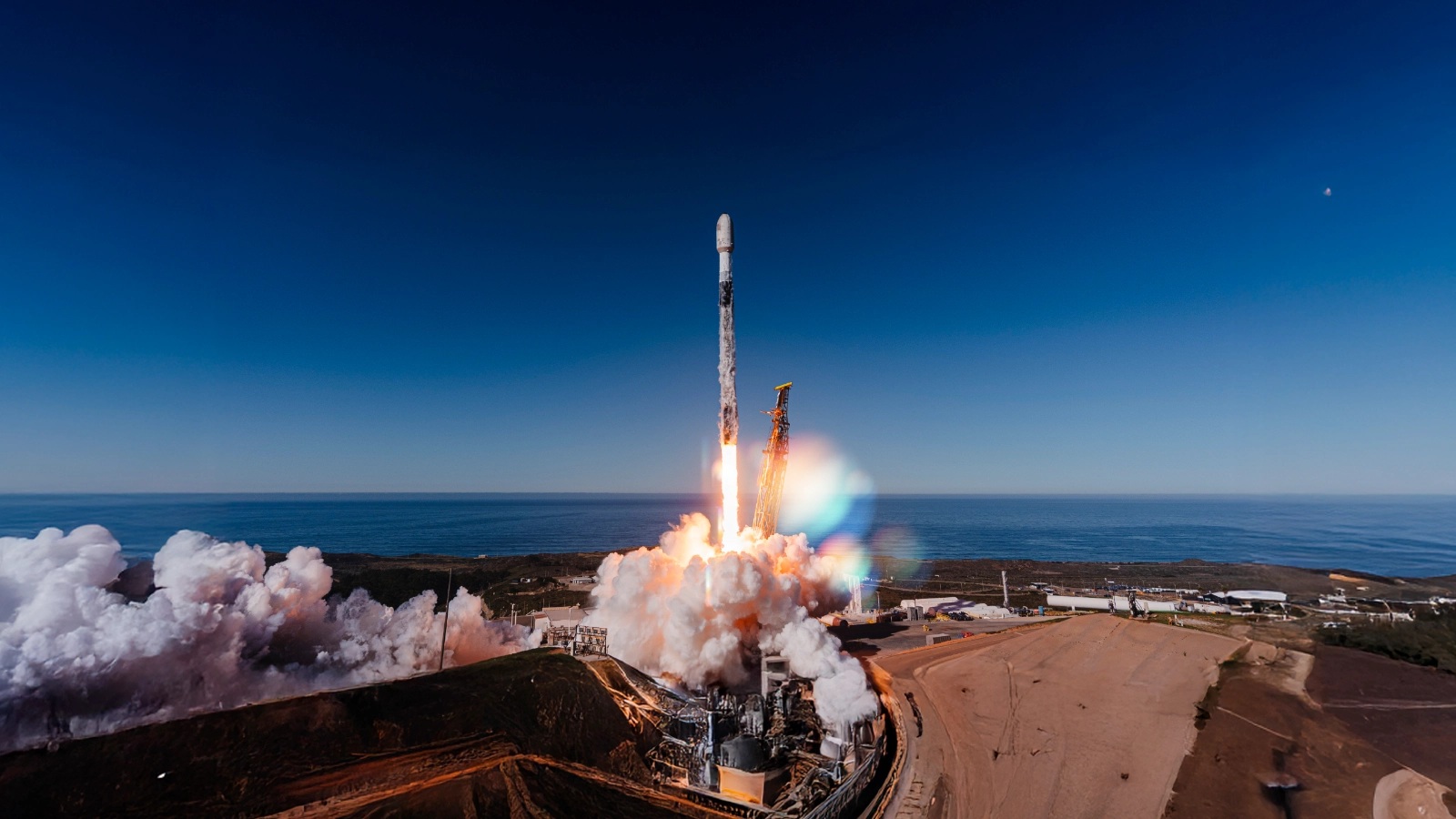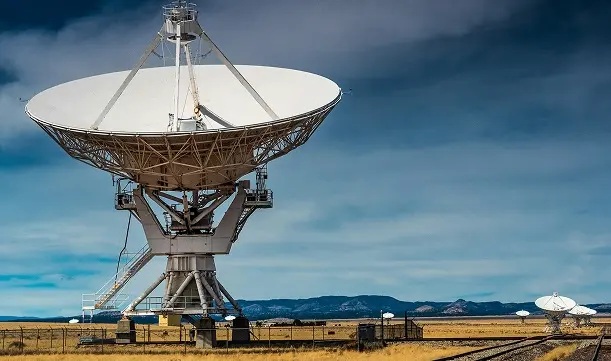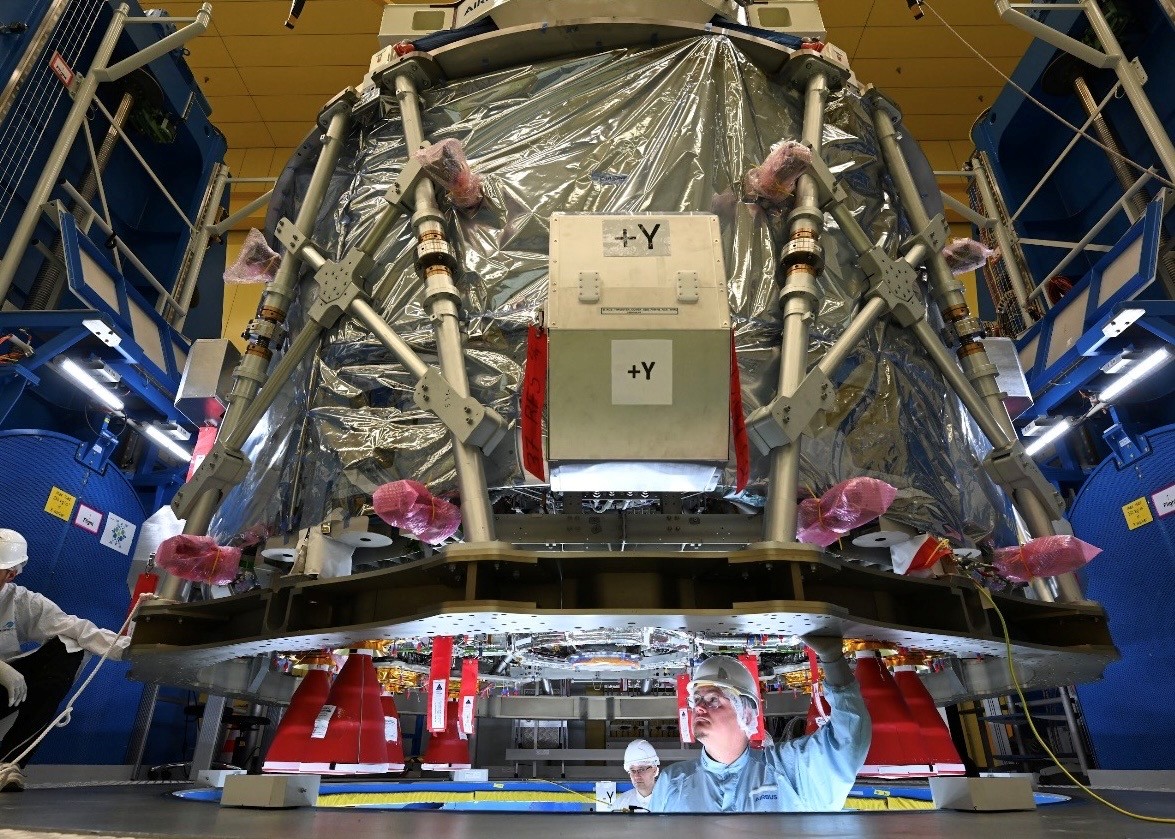Laser ultrasound reveals elasticity of space rock
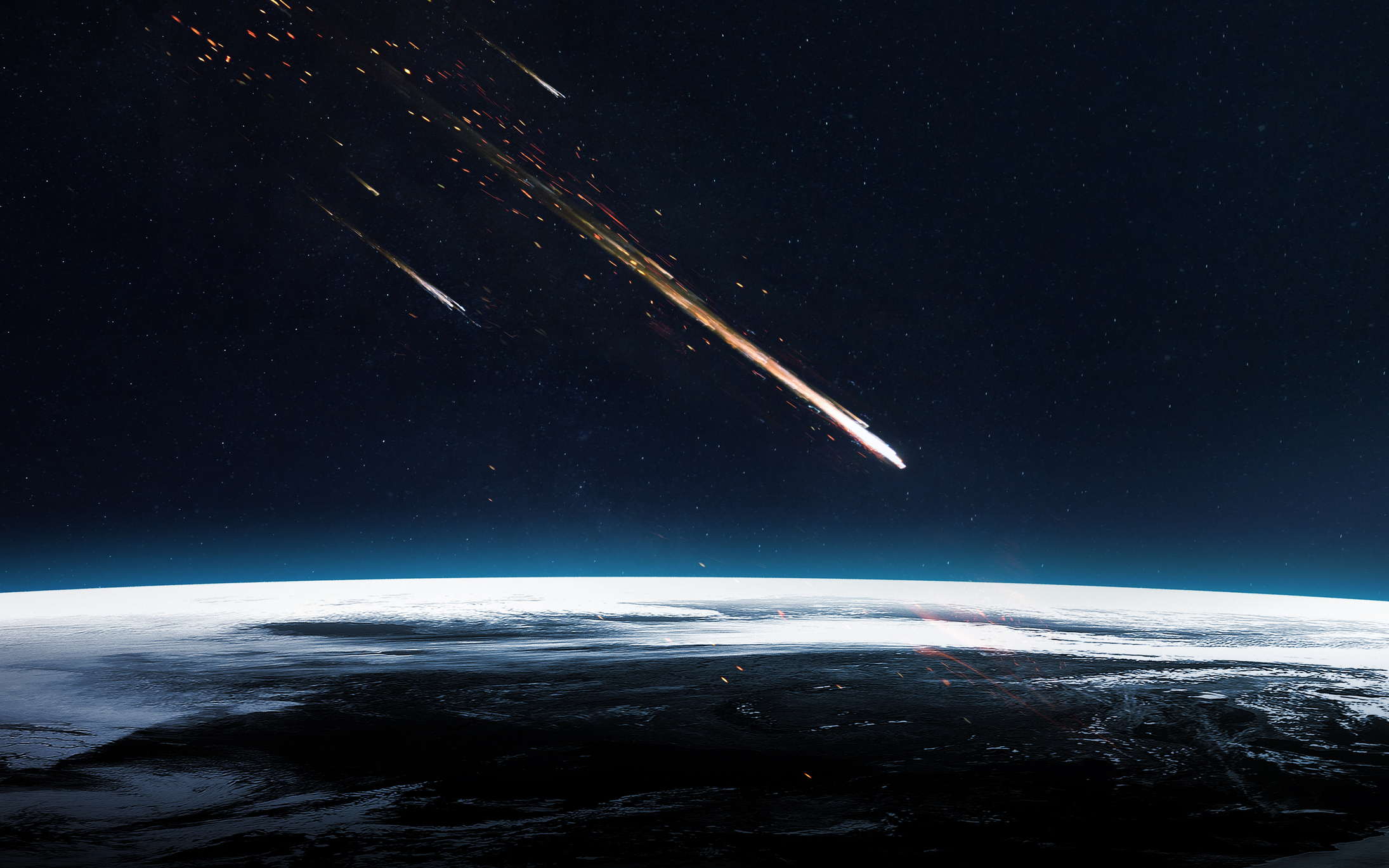
Image courtesy University of Nottingham
Many meteorites are made of crystalline materials, formed under exotic conditions that cannot be replicated on earth. The stiffness of the crystals that make up these materials has historically been difficult to measure and normally this requires scientists to grow a special single crystal, which in this case is not possible.
Published in Scripta Materialia, using a new technique developed and patented at the University of Nottingham, experts have measured this important property for the first time.
Lead author of the study, Wenqi Li, from the university’s Optics and Photonics research group, said: “These materials have evolved in unique conditions over millions of years to form these amazing structures and patterns. These conditions cannot be reproduced on earth and meteorites have amazing large-scale microstructure and phase mixtures which gives mechanical and elastic properties that are quite different to the man-made iron-nickel alloys we can produce on earth.”
Meteorites provide access to information on the formation and evolution of planetary bodies which is otherwise difficult to study. The unique nature of these samples and their relative scarcity means that non-destructive analysis techniques are needed to study their properties. Understanding their properties develops the understanding of the formation of the solar system and the planets.
Studying these samples can also help develop an understanding of alloys used for aerospace and industrial applications, suitable for constructing extraterrestrial structures, making meteors a suitable source of material for future manufacturing in space.
This study uses the laser ultrasound technique spatially resolved acoustic spectroscopy (SRAS++), which was invented at the University of Nottingham, to measure the properties of the Gibeon meteorite.
Associate Professor Richard Smith explained: “The SRAS++ machine uses lasers to make and detect acoustic waves that travel on the surface of the material, this means that we do not need to touch the sample and do not damage the sample in anyway. This is really important for samples where there is limited supply.
“There are no published values to directly compare the results of this study, as non-destructive measurements of the single crystal elasticity on granular material has not previously been possible. So, we compared our results with theoretical values for man-made iron-nickel alloys. We also calculated the bulk properties from our single crystal elasticity measurements and compared them to published measurements on the Gibeon meteorite and they also agree well.”
Professor Matt Clark added: “We're incredibly excited to gain access to larger pieces of these precious samples in the future so we can use the SRAS++ method to image the changes in the local elastic properties from the centre to the periphery of the meteorites to understand the formation of these complicated materials.”





